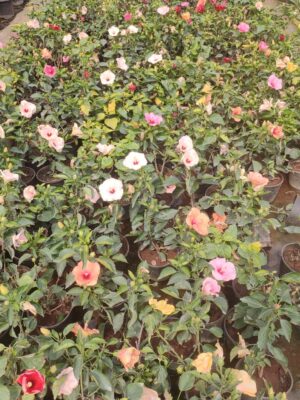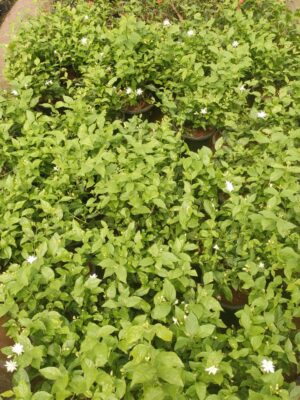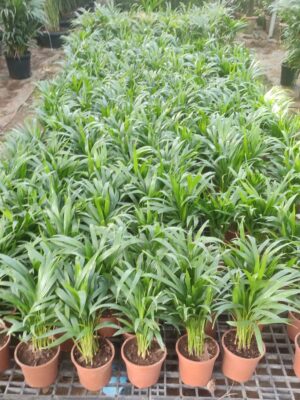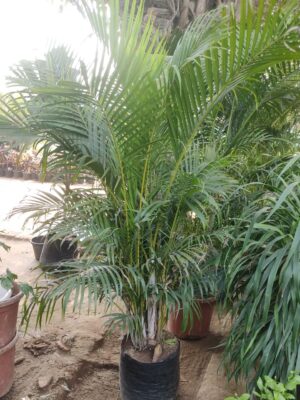Improve Your Health by Organic Vegetables
Areca palm-2
Original price was: ₹450.00.₹400.00Current price is: ₹400.00.
Areca palms are popular choices for indoor decoration due to their attractive appearance and relatively low-maintenance nature.
The Areca palm, scientifically known as Dypsis lutescens or Chrysalidocarpus lutescens, is a popular indoor palm tree that is native to Madagascar. It is also commonly referred to as the Butterfly Palm, Golden Cane Palm, or Yellow Palm. Here are some key characteristics and care tips for the Areca palm:
- Appearance:
- The Areca palm features feathery, arching fronds with a vibrant green color.
- The trunk of the palm is slender and usually clumps together with multiple stems.
- Light:
- Areca palms prefer bright, indirect light. They can tolerate some degree of shade but may suffer if exposed to direct sunlight for prolonged periods.
- Watering:
- Keep the soil consistently moist but not soggy. Allow the top inch of soil to dry out before watering again.
- Overwatering can lead to root rot, so it’s important to strike a balance.
- Temperature and Humidity:
- Areca palms thrive in warm and humid conditions. They prefer temperatures between 65°F to 75°F (18°C to 24°C).
- Ensure a humid environment, especially during the drier winter months. Regular misting can help increase humidity.
- Soil:
- Use a well-draining potting mix that retains some moisture but doesn’t become waterlogged.
- Fertilization:
- Feed the palm with a balanced liquid fertilizer every 4-6 weeks during the growing season (spring and summer).
- Reduce or eliminate fertilizer in the fall and winter when the plant is not actively growing.
- Pruning:
- Remove any yellow or brown fronds as they age. Regular pruning helps maintain a neat appearance and encourages new growth.
- Pests and Diseases:
- Keep an eye out for pests like spider mites, scale insects, and mealybugs. Wipe the leaves with a damp cloth to remove dust and discourage pests.
- Proper ventilation can prevent fungal issues.
- Potting and Repotting:
- Repot the Areca palm when it outgrows its current container or when the soil becomes depleted. Spring is generally a good time for repotting.
- Toxicity:
- Areca palms are non-toxic to humans and pets, making them a safer choice for households with animals.
Areca palms are popular choices for indoor decoration due to their attractive appearance and relatively low-maintenance nature. Proper care will help ensure the health and longevity of the plant.






Reviews
There are no reviews yet.